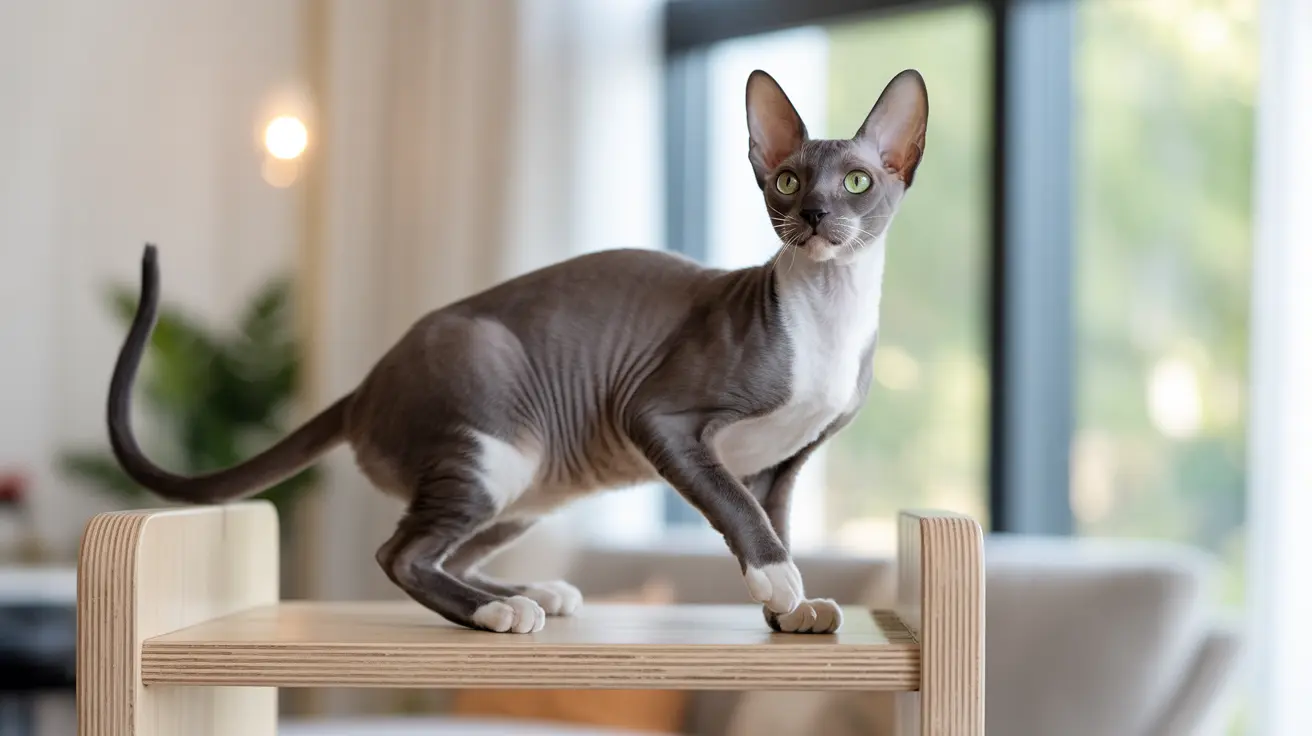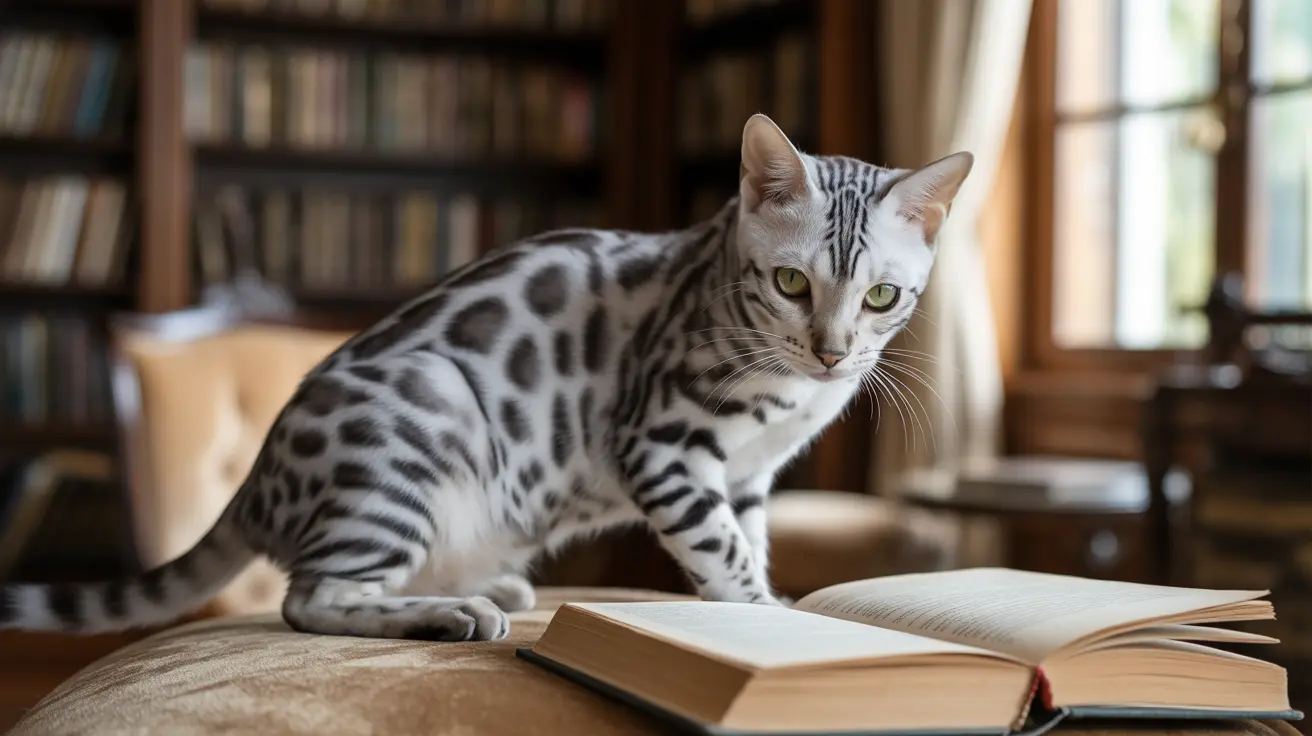How Cats Say "I'm Sorry": Understanding Feline Apologies
Cats are often perceived as independent and aloof creatures, but pet owners know that felines are capable of showing affection, remorse, and even repair attempts in their own unique way. When your cat does something wrong, you might wonder: do they have a way of saying "I'm sorry"? The answer lies in understanding
feline body language and behavior.
Signs Your Cat Is Trying to Apologize
Cats don't apologize like humans do, but they communicate their remorse and affection in subtle ways. Here are the most common signs your cat is expressing regret:
- Slow blinking: This is a sign of trust and affection. When a cat looks at you and slowly closes its eyes, it’s akin to a human smile or hug.
- Head butting: Known as "bunting," this gesture deposits scent from glands on their head, marking you as family and reinforcing bonds.
- Purring near you: Purring is often associated with contentment, but cats also use it as a soothing mechanism. When they purr while snuggling after a conflict, it can be their way of mending fences.
- Bringing gifts: Cats sometimes bring toys or even prey as peace offerings. While not pleasant, it can be a token of reconnection.
- Staying close to you: A cat that seeks your company or follows you after a mishap is likely showing attachment and trust, even if verbal apologies aren’t possible.
Why Understanding Cat Apologies Matters
Recognizing these subtle signs helps strengthen the bond between cat and owner. Cats respond best to empathy and gentle correction. By identifying their peace gestures, you can:
- Avoid unnecessary punishment or stress
- Encourage positive behavior through reinforcement
- Create a more trusting and peaceful relationship
How to Respond When Your Cat Apologizes
It’s important to acknowledge your cat's reconciliation attempts. Here are a few ways to respond:
- Return slow blinks: When your cat slow blinks, slowly blink back. This signals safety and affection.
- Gently pet them: Light strokes can reassure your cat you’re not upset.
- Speak softly: Use a calm, soothing voice to reaffirm trust.
- Engage in play: Interactive play helps reset your bond after a disruption.
Common Situations Where Cats Might Say "Sorry"
Understanding the context of your cat’s behavior can clarify their actions. Typical situations include:
- Knocking over objects
- Scratching furniture
- Unwanted aggression or biting during play
- Ignoring litter box rules
In each case, cats may follow up the incident with affection-seeking behavior, indicating remorse in their own way.
What Not to Do When Your Cat Misbehaves
Misinterpreting or harshly reacting to your cat's behavior can be counterproductive. Avoid:
- Yelling or physical punishment: This leads to fear and breakdown of trust.
- Prolonged ignoring: While a brief pause may signal disapproval, long-term avoidance can stress your cat.
- Misreading intent: Not all “bad” behaviors are acts of spite—some are stress responses or medical-related.
Building a Forgiving and Loving Relationship
Cats are creatures of habit and comfort. They value stability and affection, and when those are disturbed, they seek ways to restore harmony. By being mindful of how cats say "I'm sorry," you not only understand their language but also deepen the human-animal bond. Offer your feline the same kindness and patience you expect, and you'll be rewarded with loyalty and love.
Conclusion
Cats apologize through actions more than expressions. Slow blinks, physical affection, and being near you are all signs of remorse and devotion. By being attentive to these signals, pet owners can foster a more compassionate and communicative relationship with their feline companions.





